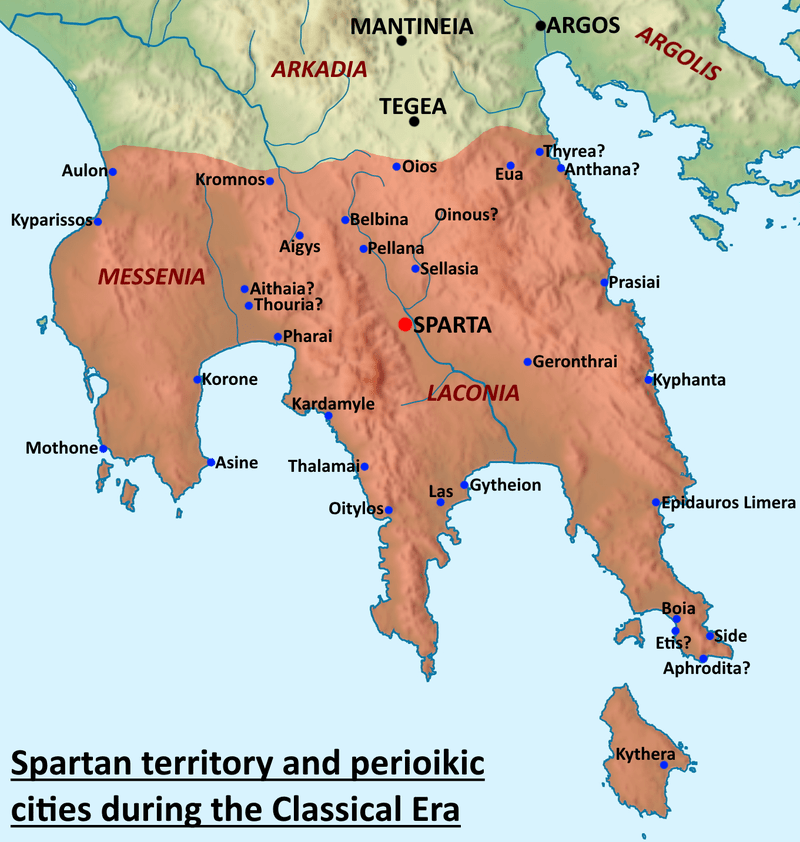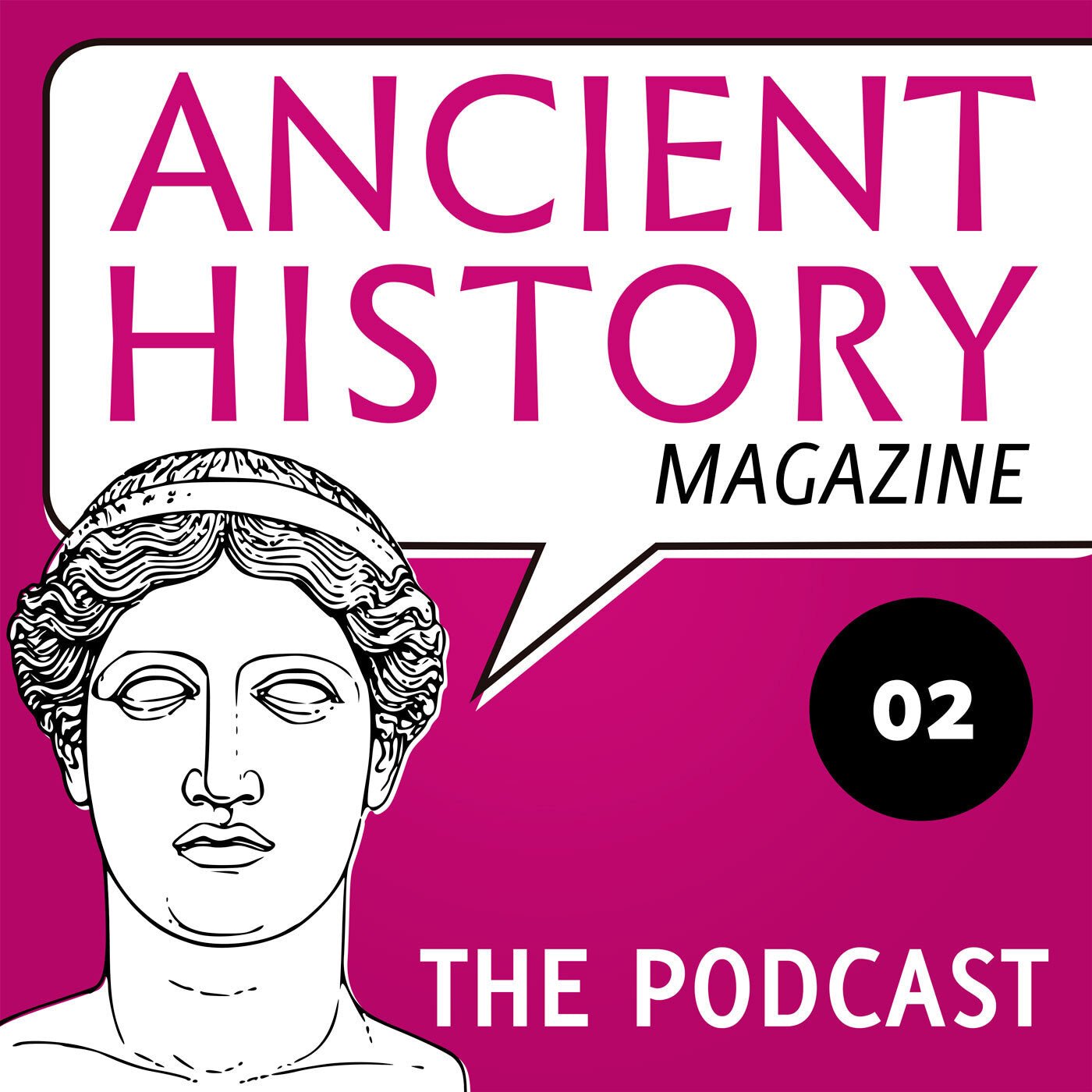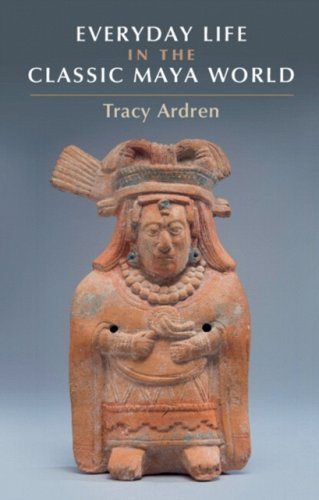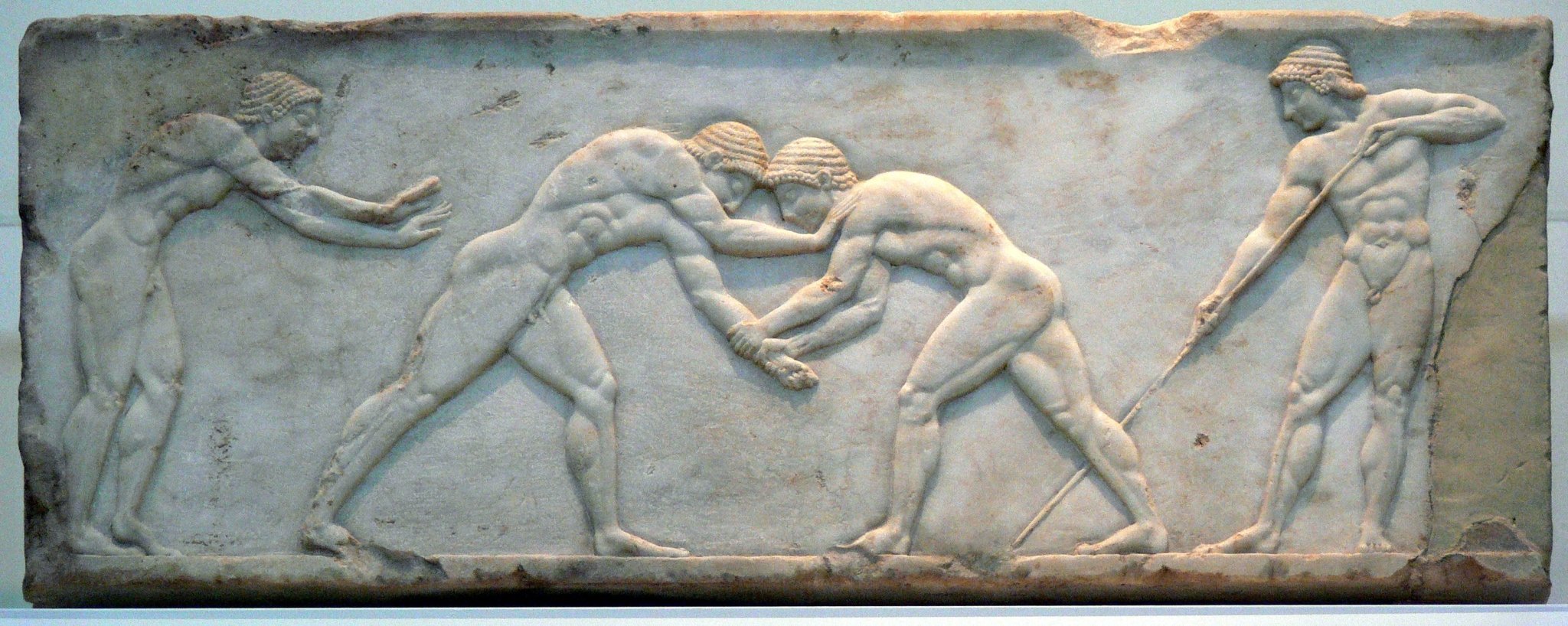Reconstructing the past
Yesterday, I went to the VU University in Amsterdam to attend a lecture by Alexandros Mazarakis Ainian, Professor of Classical Archaeology at the University of Thessaly, Volos. His lecture was entitled ‘The Oropos settlement in the early first millennium BC: a new perception in 3D’. Oropos is a site located in northern Attica, with remains dating from the Early Iron Age and Archaic period.
While Prof. Mazarakis did indeed talk about modern computer reconstructions (in AutoCAD) of parts of the settlement at Oropos, the main emphasis of his lecture was on the difficulties involved in reconstructing ancient buildings. At Oropos, for example, there are five main building phases in a span of fifty years, with many remains of walls superimposed on others. In other words, figuring out which walls belong to which buildings is a complex matter.
Things are made even more difficult as for the period in question it’s not always clear what the superstructure of the buildings in question looked like. From the Classical period (fifth and fourth centuries BC), our knowledge of Greek architecture is far more secure, due in no small measure to the fact that some building types, at least, were constructed of more durable material. But as we go back further in time, our knowledge becomes more patchy.
Prof. Mazarakis discussed the well-known models of buildings found at sanctuaries in Argos, Samos, and other places. In many cases, these sanctuaries were dedicated to Hera, a goddess of the household, so that we may reasonably presume that the models represent houses rather than temples. They give us an idea of what these buildings looked like with respect to windows, use of wooden columns and pillars, roof construction, and so forth.
But problems remain, of course. We cannot assume that the models are one-to-one representations of actual buildings, and they don’t answer all questions anyway. In many cases, it’s not even clear from an unearthed ground plan alone if a building had a pitched or a flat roof, unless post holes are clearly visible. In the end, Prof. Mazarakis made clear that reconstructing ancient buildings was as much of an art as it was a matter of science: sooner or later, you have to make choices, and you need to be able to argue why you made one decision instead of another.
For our magazines, we are of course very familiar with the difficulties involved in reconstructing the past. Sometimes, reconstructions are pretty secure: we have a good idea what the equipment looked like of a Roman legionary of the late first century BC, or a Greek hoplite from the first quarter of the fifth century BC. Other times, reconstructions are more difficult, and the people involved – the article’s author, the illustrator, and the editor – have to make particular choices, based on the available evidence, as to what to depict.

Some reconstructions – whether sketches, ink drawings, full-colour paintings, or computer renders of 3D models – become fixed in our mind, and determine, rightly or wrongly, how we imagine what something looked like in the past. Prof. Mazarakis listed a large number of examples, including the influential reconstruction of R.V. Nichols of Old Smyrna, which indeed formed the basis for the painting Rocío Espin made for my own Henchmen of Ares (depicted above and in this post’s thumbnail). Fortunately, that picture probably gives a good idea of Old Smyrna in the early Archaic period!
Reconstructions are, as Prof. Mazarakis emphasized, a continuous process. As we expand our knowledge of the past and come to new insights (sometimes via ethnographic comparisons or experimental archaeology), we realize that earlier reconstructions can be improved. For Oropos, the process has been ongoing for a few years and will continue for some time yet. The final results will eventually be made available online.
P.S. you may also find my earlier blog post on (re)constructing the past of interest.




